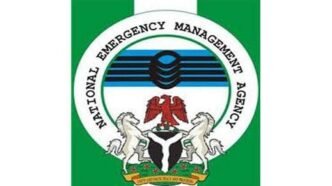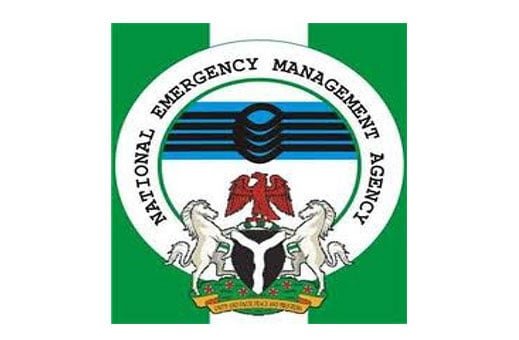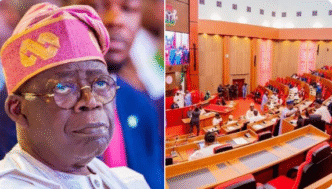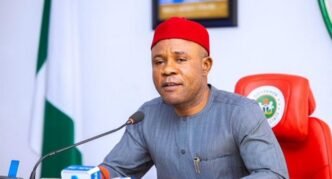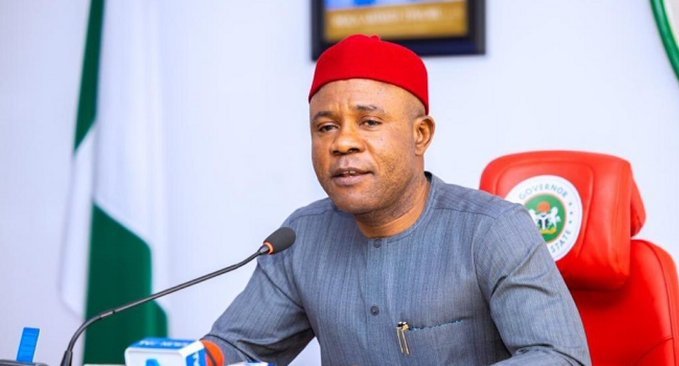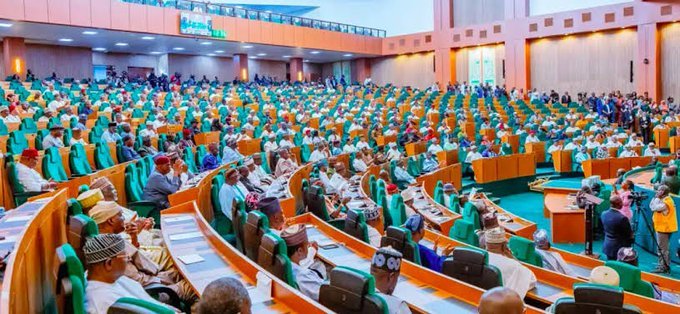KANO, Nigeria — The National Emergency Management Agency (NEMA) has called for greater investment in disaster prevention, preparedness, and community resilience as a long-term strategy for reducing the human and economic toll of emergencies across Nigeria.
The appeal was made by the Head of Operations of NEMA’s Kano Territorial Office, Nura Abdullahi, during a stakeholders’ meeting held in Kano on Monday to mark the 2025 International Day for Disaster Risk Reduction (IDDRR).
The event, themed “Fund Resilience, Not Disasters”, brought together representatives of government ministries, security agencies, humanitarian organisations, and the media to discuss strategies for strengthening Nigeria’s disaster preparedness and response mechanisms.
Focus on Prevention and Preparedness
Abdullahi emphasised that disaster management efforts in Nigeria must shift from a reactive to a proactive model. According to him, the country spends significant resources responding to disasters after they occur, instead of investing adequately in risk reduction and preparedness.
“We must move from the culture of reaction to one of prevention. Investing in disaster prevention and community resilience is more cost-effective and sustainable than responding to disasters after they happen,” Abdullahi stated.
He noted that disasters such as floods, windstorms, and building collapses have continued to impact vulnerable communities across Nigeria, largely due to weak preparedness, poor urban planning, and insufficient funding for early warning and mitigation measures.
“Every naira spent on prevention saves multiple times that amount in recovery and reconstruction,” he added. “If we strengthen our local capacities and improve infrastructure resilience, we can drastically reduce loss of lives, livelihoods, and public resources.”
Stakeholders Rally for Resilience Funding
The event in Kano drew wide participation from key agencies and partners involved in emergency management and humanitarian response. Representatives from the Nigerian Red Cross Society, Fire Service, Civil Defence Corps, the Federal Road Safety Corps (FRSC), and media professionals were among the participants.
Stakeholders deliberated on the need for a coordinated multi-sectoral approach to disaster risk management. They agreed that sustained investment in risk mapping, environmental management, and community education is crucial to reducing vulnerability.
A communique issued at the end of the meeting called on federal, state, and local governments to allocate dedicated budgetary provisions for disaster prevention and climate adaptation programmes.
The document also urged private sector actors to contribute through corporate social responsibility initiatives that support early warning systems, emergency response training, and community-based risk awareness campaigns.
Climate Change and Rising Vulnerabilities
Experts at the meeting noted that Nigeria’s exposure to natural and human-induced disasters has increased in recent years due to the growing effects of climate change, deforestation, and unplanned urbanisation.
Frequent flooding, particularly in northern and coastal states, has led to widespread displacement, property damage, and food insecurity. The National Emergency Management Agency recorded thousands of internally displaced persons (IDPs) annually as a result of such disasters.
Abdullahi noted that climate change has amplified extreme weather patterns, making early warning systems and community adaptation measures more urgent.
“We are witnessing more frequent and severe flooding, heat waves, and droughts. These are direct consequences of global climate change. Strengthening community resilience is no longer optional; it is a necessity for national development,” he said.
He added that integrating disaster risk reduction into national and local development planning would help Nigeria meet global commitments under the Sendai Framework for Disaster Risk Reduction (2015–2030), which calls for substantial reductions in disaster losses in lives, livelihoods, and assets.
Call for Media Collaboration
The NEMA official also acknowledged the critical role of the media in public education and advocacy on disaster risk reduction.
He urged journalists to use their platforms to promote public awareness, dispel misinformation, and encourage citizens to adopt safer practices, particularly in disaster-prone areas.
“The media is a vital partner in building resilience. Accurate reporting and public education can change attitudes and inspire communities to take ownership of their safety,” Abdullahi said.
He encouraged continuous collaboration between NEMA and media organisations to disseminate early warning messages and share information on preparedness measures.
Community Engagement as a Key Driver
Participants highlighted that local communities must remain at the centre of disaster management strategies, as they are often the first responders when emergencies occur.
Humanitarian experts at the event underscored the importance of training community volunteers, establishing local disaster committees, and integrating traditional leaders in awareness campaigns.
They pointed out that grassroots preparedness and indigenous knowledge can significantly improve response efficiency and reduce losses.
According to a NEMA field report, most fatalities recorded during seasonal flooding in 2024 could have been avoided through earlier evacuation and stronger local-level coordination.
“Fund Resilience, Not Disasters” — Global Message
The 2025 International Day for Disaster Risk Reduction, observed globally on October 13, reinforces the importance of investing in prevention to safeguard lives and livelihoods.
The theme, “Fund Resilience, Not Disasters”, echoes the United Nations’ call for governments and development partners to prioritise funding for disaster risk reduction (DRR) rather than emergency recovery.
The UN Office for Disaster Risk Reduction (UNDRR) estimates that for every dollar invested in risk reduction, countries can save up to seven dollars in response and recovery costs.
This year’s global commemoration aims to accelerate action toward meeting Target F of the Sendai Framework, which seeks to “substantially enhance international cooperation to developing countries through adequate and sustainable support to implement DRR.”
NEMA’s Ongoing Efforts
The National Emergency Management Agency has continued to expand its partnerships with local and international organisations to enhance disaster preparedness across Nigeria.
In 2024, NEMA collaborated with the Nigerian Meteorological Agency (NiMet) and Nigerian Hydrological Services Agency (NIHSA) to issue seasonal climate predictions and flood outlooks, helping states plan mitigation efforts ahead of the rainy season.
The agency also launched community-based training programmes and distributed emergency response equipment to local governments in high-risk regions.
Abdullahi reaffirmed NEMA’s commitment to building an integrated disaster risk management system that connects all levels of government and communities.
“Our goal is to see a Nigeria where disasters no longer catch us unprepared. Through proactive funding, planning, and collaboration, we can make that vision a reality,” he concluded.
Conclusion
The message from the Kano event was clear: disaster prevention is not merely a technical issue—it is a development imperative.
With Nigeria facing rising challenges from floods, erosion, drought, and man-made emergencies, experts agree that only sustained investment in resilience-building measures will ensure safer communities and a more sustainable future.
As the world marks the 2025 International Day for Disaster Risk Reduction, the call by NEMA’s Head of Operations, Nura Abdullahi, resonates as a timely reminder that funding resilience today is the best way to prevent disasters tomorrow.

